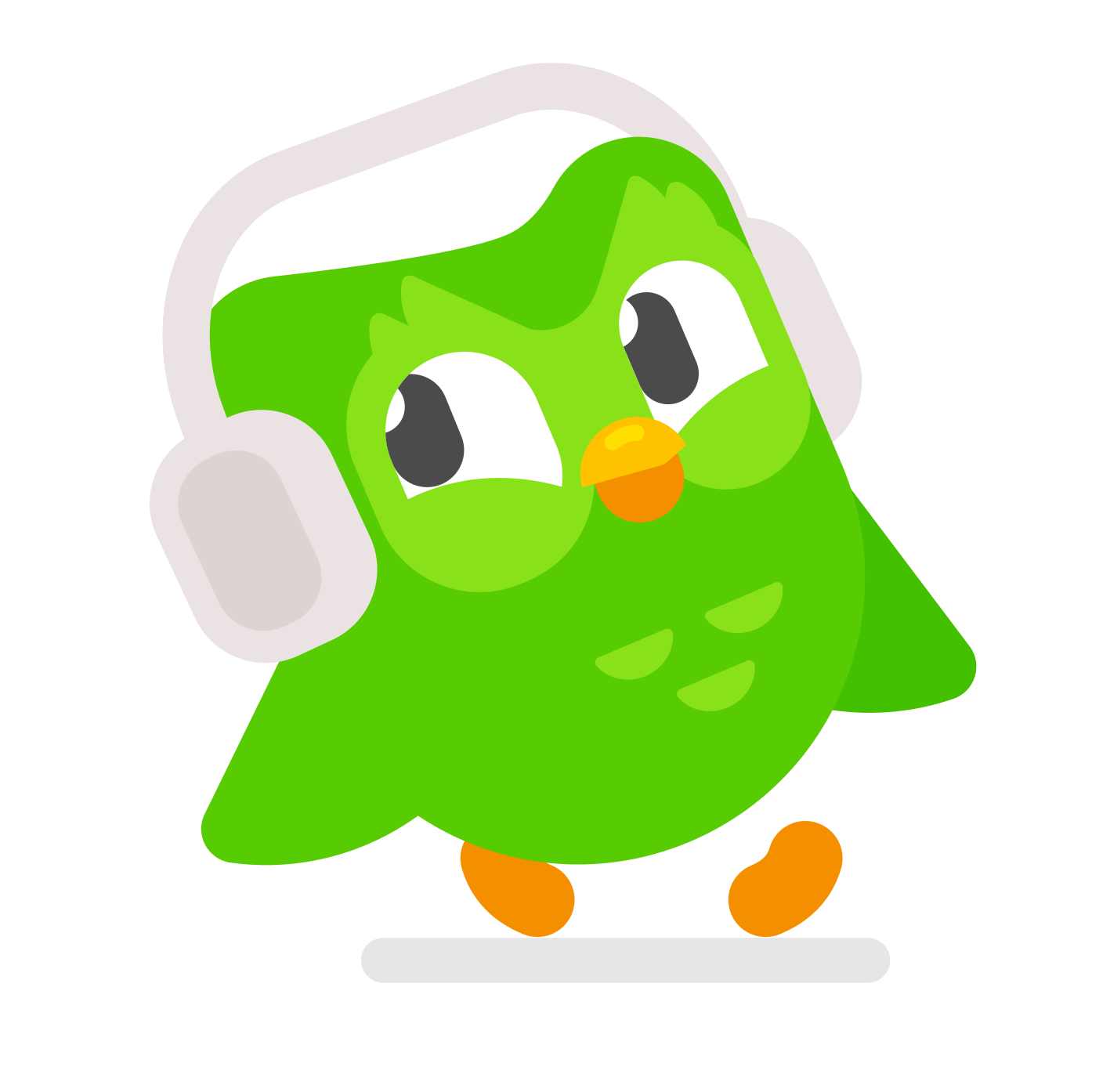
Growing up in San Francisco is an experience I wouldn’t trade!! You can hear half a dozen languages spoken in a trip across town, have classmates and neighbors from around the world, celebrate the new year at least five different times/ways, and taste so many delicious, different foods!
I grew up in the Mission District, and was a tall child from about age 11, so I spent countless years of my life as ‘the tall girl that can get something off the shelf for your abuela.’ (Note: I am still that woman. I also open jars for other gals. Sisterhood is powerful.) The abuelas would politely ask me for the thing I should reach for them, usually in Spanish, and so I developed a reasonable Spanglish vocabulary for things you can buy in a shop and anything/everything I would want in a Mission-style burrito. (Burrito vegetariano con frijoles pinto, aguacate, y salsa picante, por aqui, por favor!) (Note: it still bothers me that our local shops insist that lemon is limón, and lime is limón verde. IT IS NOT JUST A VERDE LIMÓN! Noooooooo!)
I had been frustrated by being unable to read some books my father had at home from his prior life, when he was in the military and stationed in Germany, so I studied German for four years in high school. (I kept a diary in German, and got a German pen pal whom I’m still in touch with decades later!) I loved Japanese design, and so I casually studied Japanese before taking a trip there in the early 1990s, and was able to read Hiragana and Katakana briefly. (Other English speakers were so impressed when I could translate for them! “Where are we?” “We’re in Sendai.” “You can read that sign?” “Not the big characters, but you can see just below the big characters, it is subtitled, and I can read that.” “BUT THAT IS ALSO IN JAPANESE!” “Yes, but it is easier Japanese…”) In the early “aughts,” I took my then-spouse to Paris, and I studied French for about a week before going, which got me through ticket purchasing and train station announcements successfully. Years later when I began to work in Europe, I needed to brush up on at least German, and perhaps French.
I turned to Duolingo.
Duolingo is an app (and website) that turns language study into a game. The lessons are short; there are cartoon characters that speak the language you are studying, and respond when you translate them correctly; there are exercises in multiple choice, magnetic-poetry-style listening and translating in both directions (native to study language and reversed), and speech tests. It’s fun, like a little game, and there’s a tiny social network element to it, where you are ranked against others (if competition is your thing). It’s free if you want, or you can pay for it to be able to go faster (and be forgiven for making more mistakes).
I’d read that the well-intentioned company founders couldn’t actually speak in the languages they claimed to be studying, not even in their press conferences touting the tool. If you’ve read those stories, you may be wondering whether you’ll get anything out of it.
I’ve used Duolingo to study German, French, Spanish, and a little Dutch. Studying languages I have formal training in (German) and those I don’t (all the others), I can say that it is a nice tool for building vocabulary and expanding on foundational knowledge, but just okay for learning structural basics from scratch. My German lessons went VERY smoothly, especially in the mostly multiple-choice format, but I really struggled with the French lessons, and needed to find other resources to explain what it was about verb conjugations and gender patterns that I JUST COULD NOT SEE.
I can say that the style of lessons (and even some of the stories) are the same across languages, though the conversational content can differ quite a bit. (The French lessons were originally much more about being rich, liking horses, and going shopping than the German ones, which favored taking trains and telling everyone you are German; the lessons have all been updated since I started, often multiple times.)
After 166 German lessons/levels, I can say that my German vocabulary has definitely improved; words that never came up in the travel-books, but which are very practical, were great to finally see. I can read them, and hope to remember them. After 146 French lessons, I can read far more than I could previously, but I can’t start a conversation, my grammar remains awkward, and my pronunciation still sounds like my tongue objects to something. 62 Spanish lessons allowed me to learn waaaay too much about a party the girl behind me was describing to her friends on the phone, but were not enough to speak to my neighbor’s wife to tell him that a parking space he wanted was available, and he should take it immediately.
So: it is good! It is fun! It is bite-sized! You’ll be glad you did it! Yet know it isn’t enough on its own. If you want some tables of rules, clear patterns presented for reference, or to write things down to better remember them, you’ll need to supplement Duolingo with other materials. (I like Living Language books + audio recording packages for that.) It is good for what it is, but an app can’t do it all, and that’s okay.
And ALL OF US could use some encouragement in daily life from a cute owl.
